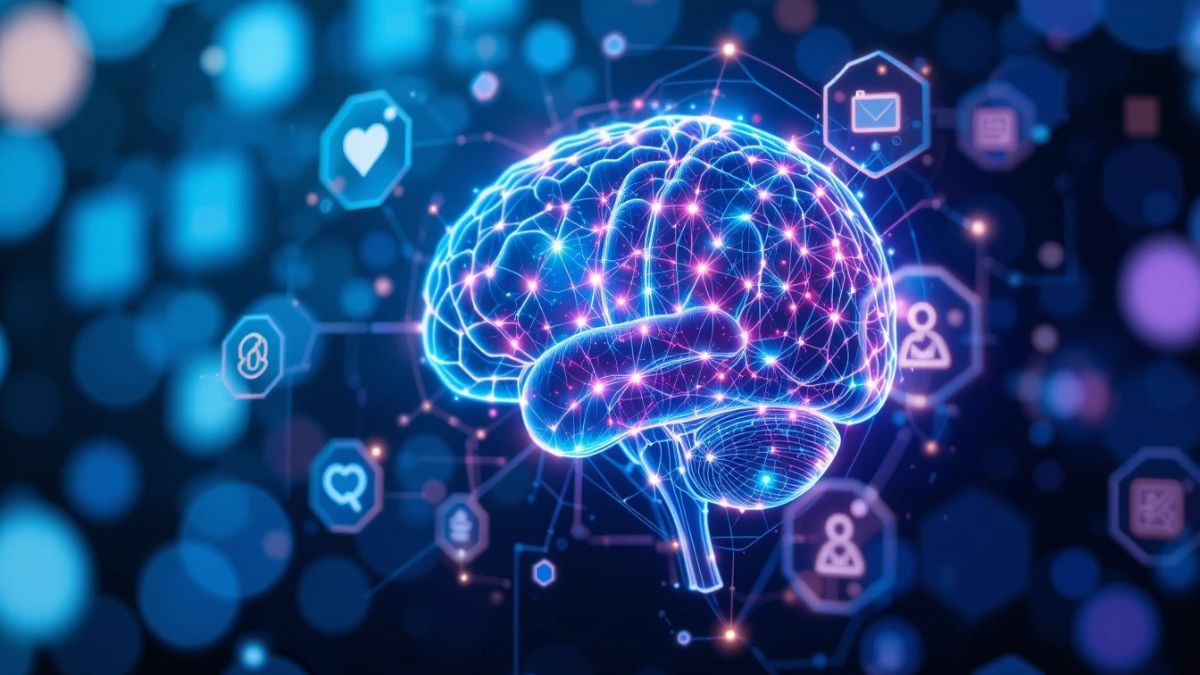1. Digital Mental Health Tools
In recent years, the world has witnessed an explosion in digital mental health tools, transforming how people access and manage mental health support. From AI-powered chatbots to therapy apps, these technologies are bridging the gap between individuals and mental health professionals, making support more accessible than ever.
Why the sudden surge in popularity? The answer lies in the increasing awareness of mental health issues, the convenience of digital solutions, and advancements in artificial intelligence and telehealth. With traditional mental health services often being expensive and inaccessible, digital tools provide a cost-effective and scalable alternative.
In a fast-paced world where stress, anxiety, and depression are on the rise, digital mental health tools offer on-demand support, ensuring that help is available anytime, anywhere. But how effective are these tools, and what does the future hold for them? Let’s explore.
Table of Contents
2. Understanding Digital Mental Health Tools

What Are Digital Mental Health Tools?
Digital mental health tools refer to technology-driven solutions designed to support mental well-being, diagnose conditions, and provide therapeutic interventions. These tools range from simple self-help apps to sophisticated AI-driven therapy platforms.
Types of Digital Mental Health Tools
- Mental Health Apps: Designed for stress management, mood tracking, guided meditation, and cognitive behavioral therapy (CBT).
- AI-Powered Chatbots: Virtual assistants that offer therapeutic conversations, coping strategies, and mental health check-ins.
- Online Therapy Platforms: Services like BetterHelp and Talkspace connect users with licensed therapists via video calls, messaging, or phone.
- Wearable Devices: Smartwatches and fitness trackers monitor stress levels, heart rate variability, and sleep patterns to detect mental health trends.
- VR-Based Therapy: Virtual reality exposure therapy helps individuals combat phobias, PTSD, and anxiety disorders in a controlled digital environment.
The Role of Technology in Mental Healthcare
Technology is revolutionizing mental healthcare by enhancing accessibility, affordability, and personalization. AI algorithms analyze data to provide personalized recommendations, while telehealth platforms break down geographical barriers to professional care.
3. Key Drivers Behind the Growth of Digital Mental Health Tools
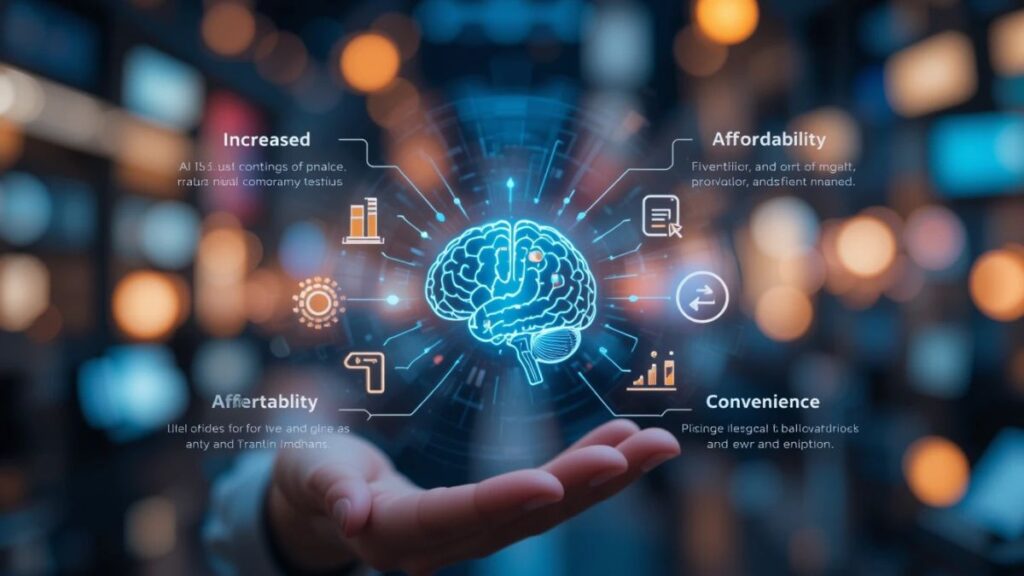
1. Increased Awareness of Mental Health Issues
Society is shifting towards prioritizing mental well-being, reducing stigma, and promoting self-care. As more people recognize the importance of mental health, the demand for accessible solutions has skyrocketed.
2. Convenience and Accessibility
Traditional therapy often involves long wait times, high costs, and geographical limitations. Digital tools, on the other hand, provide instant access to self-help resources, therapists, and mental health assessments.
3. Advancements in Technology
Innovations in artificial intelligence (AI), big data analytics, and virtual reality (VR) are enabling more personalized and interactive mental health solutions. AI-powered chatbots, for example, can provide round-the-clock emotional support.
4. Rising Healthcare Costs and Shortages of Professionals
Many countries face a shortage of qualified mental health professionals, making traditional therapy inaccessible to a large population. Digital tools help fill the gap, offering support to those who might otherwise go untreated.
4. Different Types of Digital Mental Health Solutions
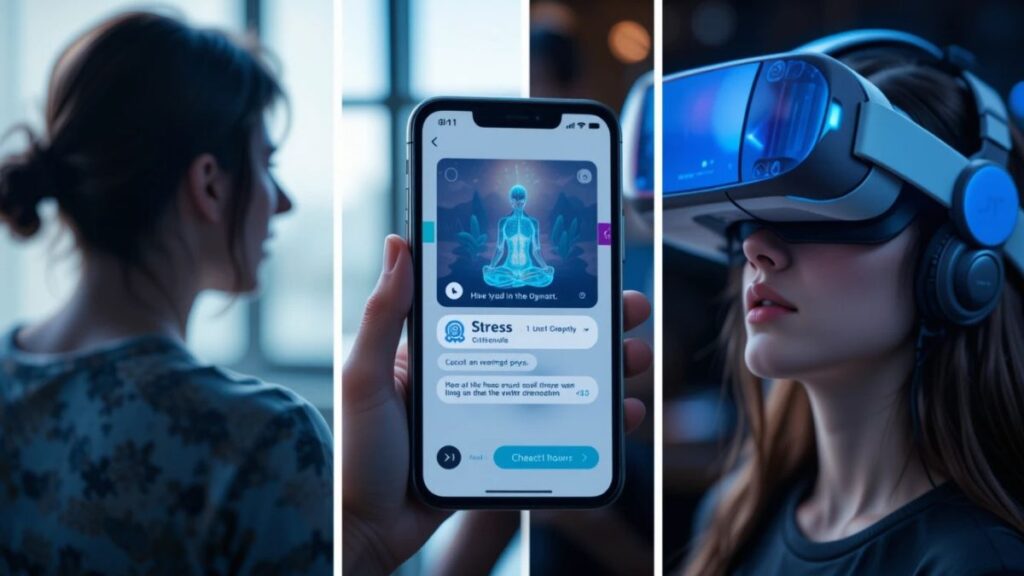
1. Mobile Apps for Mental Health
Apps like Headspace, Calm, and Moodpath offer guided meditation, CBT-based exercises, and stress management techniques. These are widely used for self-help and emotional regulation.
2. AI-Powered Chatbots
Platforms like Woebot and Wysa use AI to provide conversational therapy, offering supportive interactions and coping strategies based on user inputs.
3. Online Therapy Platforms
Services such as BetterHelp, Talkspace, and Amwell connect users with licensed therapists via text, video, or phone, making therapy more accessible and flexible.
4. Wearable Mental Health Trackers
Smartwatches and biometric devices track stress levels, heart rate, and sleep quality, providing real-time insights into mental health. Some devices even offer breathing exercises and relaxation techniques.
5. Virtual Reality (VR) Therapy
VR is being used for exposure therapy to help patients overcome PTSD, phobias, and anxiety by gradually exposing them to triggers in a safe virtual environment.
5. The Role of Artificial Intelligence in Mental Health
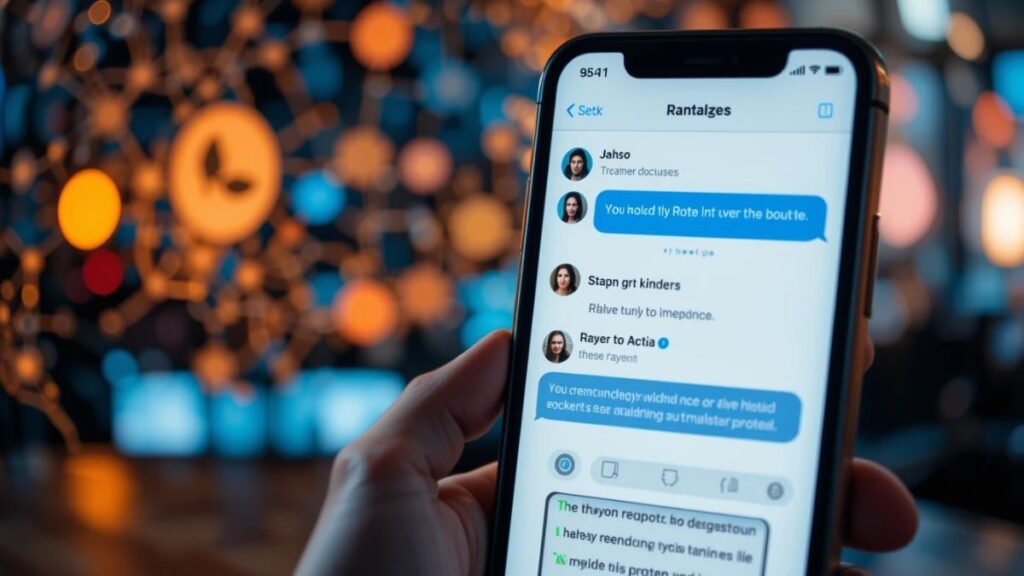
AI-Based Diagnosis and Treatment Recommendations
Artificial Intelligence (AI) is reshaping mental healthcare by offering data-driven insights into patient well-being. AI-powered tools analyze user responses, voice tone, and facial expressions to detect signs of depression, anxiety, and other mental health disorders. Some platforms even provide personalized therapy plans based on user inputs.
For instance, AI chatbots like Woebot and Wysa engage users in conversations, helping them manage stress through cognitive behavioral therapy (CBT) techniques. These chatbots can recognize emotional distress and offer coping strategies, making therapy more accessible.
Machine Learning in Personalized Therapy
Machine learning (ML) enables highly personalized mental health treatments. By analyzing past behaviors, mood logs, and biometric data, AI systems can suggest customized therapy plans that evolve based on user progress. Some AI models even predict mental health crises, alerting users to seek professional help before conditions worsen.
Limitations and Ethical Concerns
While AI enhances accessibility, it also raises concerns regarding data privacy, misdiagnosis, and emotional connection. Unlike human therapists, AI lacks empathy and deep contextual understanding. Additionally, biased training data can result in inaccurate assessments. Ensuring transparency and human oversight in AI-driven mental health solutions is crucial for ethical implementation.
6. Benefits of Digital Mental Health Tools

1. 24/7 Availability and Instant Support
Unlike traditional therapy, which requires scheduled appointments, digital mental health tools offer round-the-clock support. Users can access self-help exercises, guided meditation, and AI chatbots anytime, making mental healthcare more accessible.
2. Anonymity and Privacy
Many people hesitate to seek therapy due to stigma or fear of judgment. Digital tools allow users to engage anonymously, making it easier to access help without revealing their identity.
3. Cost-Effectiveness
Traditional therapy can be expensive, with sessions ranging from $75 to $250 per hour. In contrast, most mental health apps offer free or low-cost alternatives, making mental healthcare affordable for a broader audience.
4. Personalization and Data-Driven Insights
Advanced digital tools use AI and machine learning to create customized therapy plans. Wearable devices track sleep patterns, heart rate, and stress levels, providing real-time feedback on mental health.
7. Challenges and Limitations of Digital Mental Health Tools
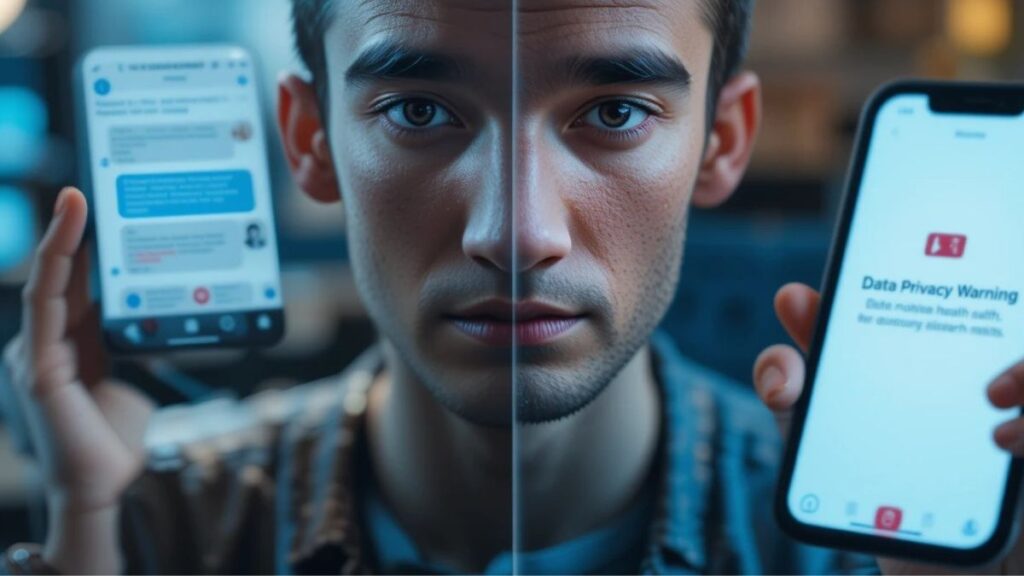
1. Accuracy and Reliability Concerns
AI-based mental health assessments are not always accurate. Since these tools rely on pre-programmed algorithms, they might misinterpret emotions or fail to provide adequate support for severe conditions.
2. Data Privacy and Security Issues
Mental health apps collect sensitive personal data, which can be vulnerable to breaches. Ensuring HIPAA compliance and robust encryption protocols is critical to protecting user information.
3. Digital Divide and Accessibility Issues
Not everyone has access to smartphones, internet connectivity, or digital literacy. People in rural or low-income areas may struggle to benefit from these solutions, leading to a gap in accessibility.
4. Lack of Human Connection in Therapy
While AI chatbots can simulate conversations, they lack emotional depth and human intuition. Some users may find it difficult to build trust with a digital tool, making traditional therapy a preferred option for many.
8. How Digital Tools Complement Traditional Mental Health Care

1. Integration with In-Person Therapy
Many therapists now incorporate digital tools into their practice. Apps like Moodfit and CBT Companion help patients track progress between sessions, improving therapy outcomes.
2. Hybrid Mental Health Care Models
A balanced approach combines face-to-face therapy with digital interventions. Telehealth platforms like BetterHelp allow users to access licensed professionals online while still maintaining scheduled in-person visits when necessary.
3. Enhancing Therapist-Client Relationships
Digital tools facilitate continuous monitoring and communication, allowing therapists to adjust treatments in real-time. This ensures a more effective and personalized approach to mental health care.
9. The Future of Digital Mental Health Tools

1. AI-Powered Therapy Assistants
Future advancements in natural language processing (NLP) will allow AI chatbots to better understand human emotions, making interactions more meaningful and supportive.
2. VR-Based Therapy for Trauma and Anxiety
Virtual reality is being explored for PTSD treatment, exposure therapy, and mindfulness training. As VR technology becomes more affordable, it will likely become a mainstream therapeutic tool.
3. Predictive Mental Health Analytics
With improved AI models, mental health tools will be able to predict mood changes and recommend interventions before symptoms escalate, preventing mental health crises.
10. Choosing the Right Digital Mental Health Tool
1. Key Factors to Consider
When selecting a digital mental health tool, look for:
- Scientific backing and clinical validation
- User reviews and expert endorsements
- Data security and privacy policies
- Ease of use and accessibility
2. How to Identify Credible and Evidence-Based Solutions
Reliable mental health tools often partner with licensed therapists, research institutions, and medical professionals. Checking for FDA approval or academic research supporting the app can ensure its effectiveness.
3. Red Flags to Watch Out For
- Lack of transparency in data handling
- Claims of instant or guaranteed results
- No affiliations with mental health professionals
11. Conclusion
The rise of digital mental health tools is revolutionizing how people access and manage mental well-being. From AI chatbots to wearable stress trackers, these tools provide affordable, accessible, and personalized mental health solutions.
However, while technology enhances mental healthcare, it cannot replace human empathy and professional therapy. A hybrid model combining digital tools with traditional therapy is the key to maximizing mental health support. As innovation continues, the future of mental healthcare looks brighter than ever.
12. FAQs: Digital Mental Health Tools
1. Are digital mental health tools as effective as traditional therapy?
Digital tools can be highly effective for mild to moderate mental health issues, but they may not fully replace human therapists for severe conditions.
2. How secure are mental health apps in protecting user data?
The best mental health apps follow strict data encryption and HIPAA compliance. Always check an app’s privacy policy before use.
3. Can AI replace human therapists in the future?
AI can assist but not replace human therapists. Emotional intelligence and deep empathy are difficult to replicate with AI.
4. What are the best mental health apps available today?
Popular options include Headspace, Calm, BetterHelp, Talkspace, Woebot, and Wysa, each catering to different mental health needs.
5. How can I find the right digital mental health tool for my needs?
Look for clinical validation, user reviews, data security, and features that align with your mental health goals.

